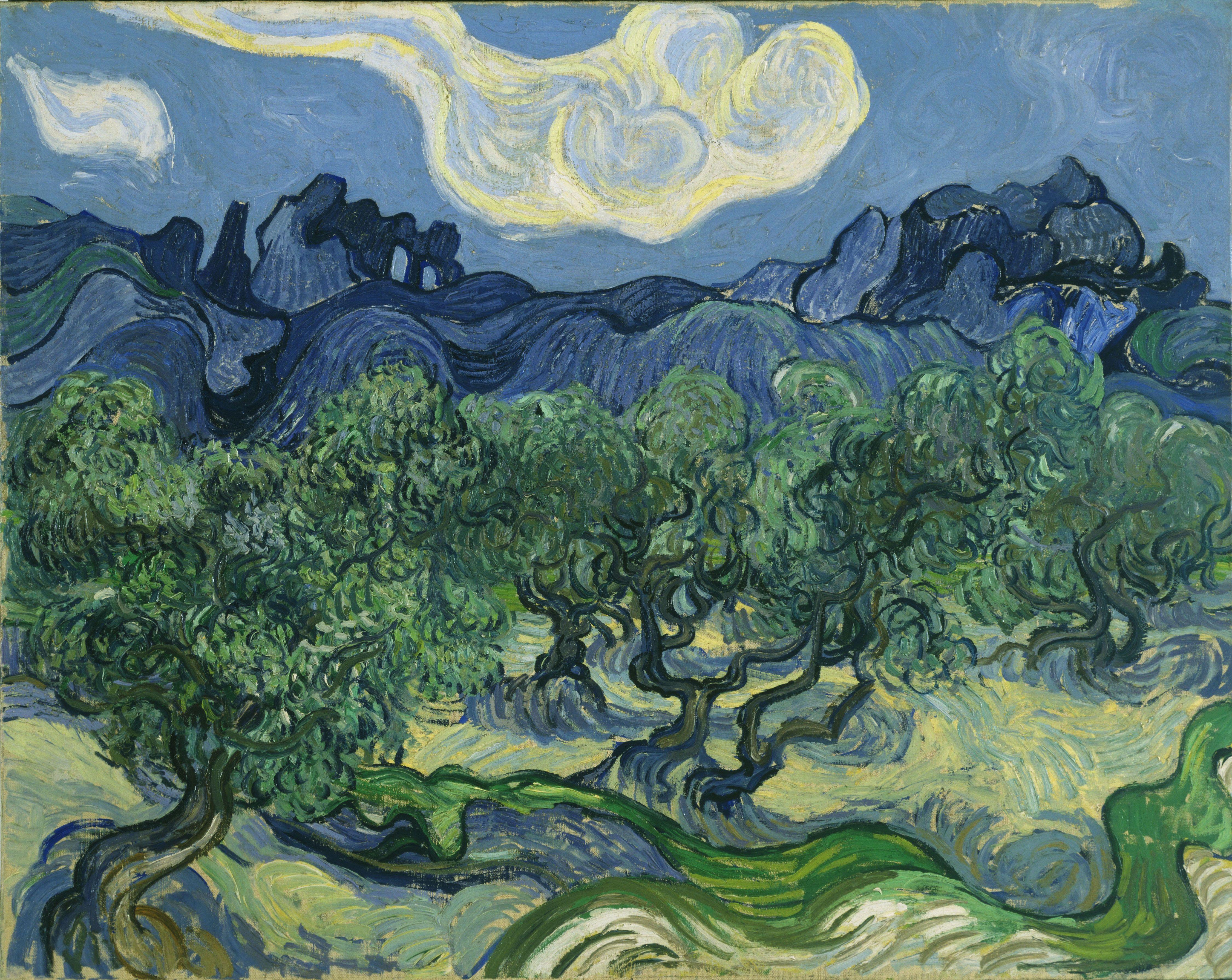The False Mirror by Rene Magritte
René Magritte’s “The False Mirror” painting has truly captured the attention of many. The viewer expects to see a human eye, one with a pupil, iris, cornea and all the other anatomical stuff, but surprising in its place is a picture of a bright blue sky. Although the painting is mysterious, the bright blue skies and fluffy clouds generate an optimistic feeling. This oil painting was completed in 1928 and its style is surrealism. It is currently being displayed at the Museum of Modern Art (MoMa).
Henri Rousseau
“The Sleeping Gypsy”
1897
Oil on canvas
51" x 6' 7" (129.5 x 200.7 cm)
There is a gypsy sleeping in the dessert, along side are his
personal belongings. There is a bright moon in the upper right corner, giving
light. I really like the way Rousseau used sharp lines to make the design of
the gypsy’s attire. The story is that there was a lion that strolled around the
sleeping gypsy, and instead of having a delicious meal , he let the gypsy live.
personal belongings. There is a bright moon in the upper right corner, giving
light. I really like the way Rousseau used sharp lines to make the design of
the gypsy’s attire. The story is that there was a lion that strolled around the
sleeping gypsy, and instead of having a delicious meal , he let the gypsy live.
There is a gypsy sleeping in the dessert, along side are his




































